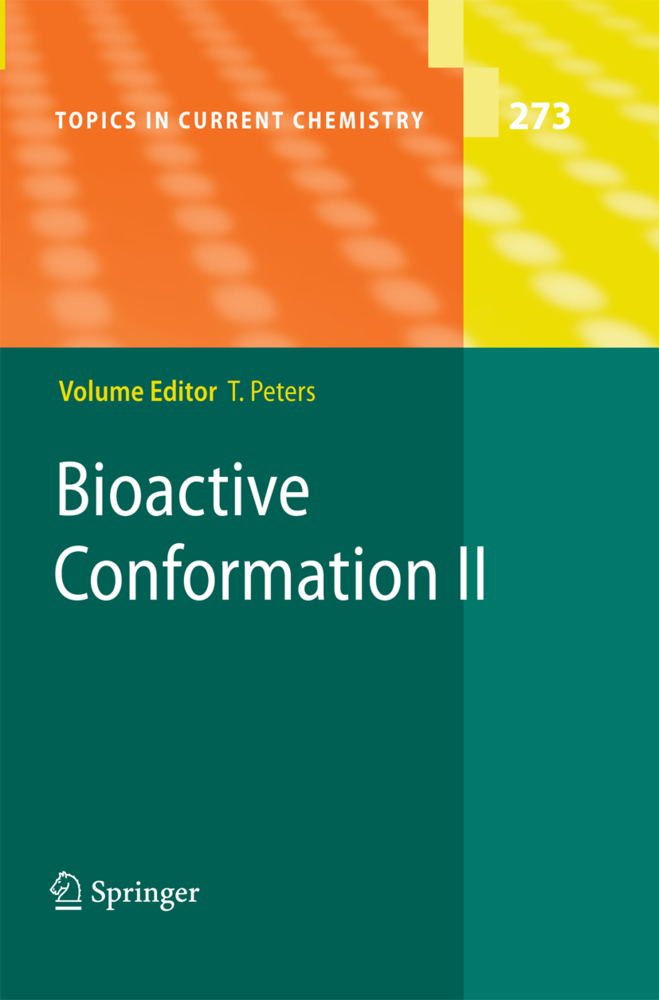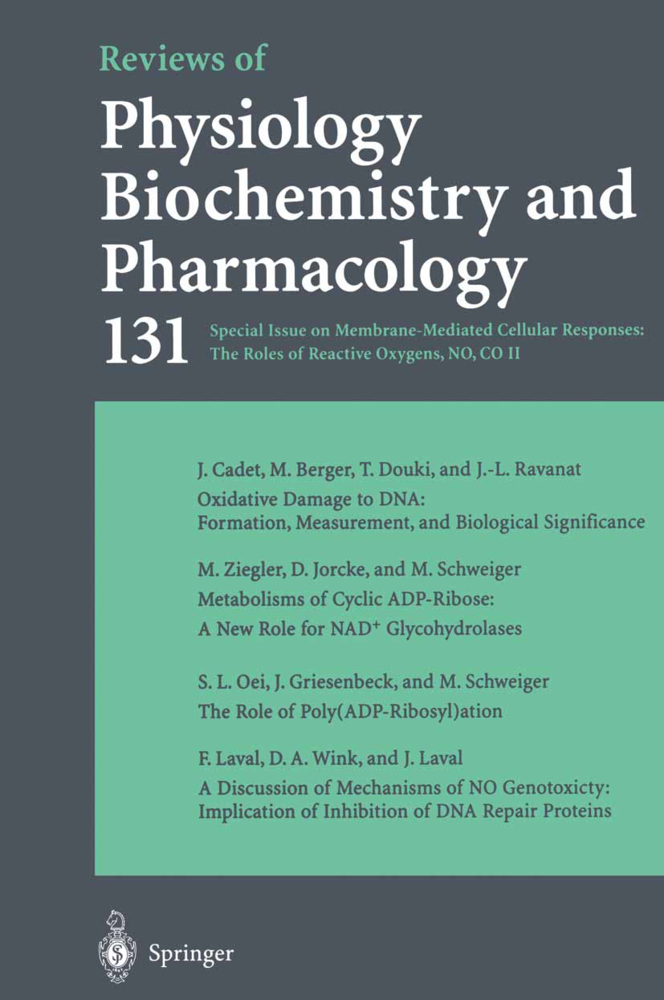Wine Analysis
Wine Analysis
Modern Methods of Plant Analysis When the handbook Modern Methods of Plant Analysis was first introduced in 1954 the considerations were: 1. the dependence of scientific progress in biology on the improvement of existing and the introduction of new methods; 2. the difficulty in finding many new analytical methods in specialized journals which are normally not accessible to experimental plant biologists; 3. the fact that in the methods sections of papers the description of methods is frequently so compact, or even sometimes so incomplete that it is difficult to reproduce experiments. These considerations still stand today. The series was highly successful, seven volumes appearing between 1956 and 1964. Since there is still today a demand for the old series, the publisher has decided to resume publication of Modern Methods of Plant Analysis. It is hoped that the New Series will be just as acceptable to those working in plant sciences and related fields as the early volumes undoubtedly were. It is difficult to single out the major reasons for success of any publication, but we believe that the methods published in the first series were up-to-date at the time and presented in a way that made description, as applied to plant material, complete in itself with little need to consult other publications. Contributing authors have attempted to follow these guidelines in this New Series of volumes.
2 Tasting Procedure
3 Wine Analysis as an Additional Quality Criterion
4 Has the Quality of Wines Improved?
5 Wine as an Object of Culture
6 Analysis in the Detection of Wine Forgery
Analysis of Wine Sensory Properties
1 Introduction
2 Types of Sensory Tests
3 Correlation of Sensory and Instrumental Data
4 Conducting Sensory Tests
5 Conclusion
References
Wine Aroma from Gas Chromatographic Analysis
References
Micro-Element Analysis in Wine and Grapes
1 Introduction
2 General Problems Regarding Trace Element Analysis
3 Methods of Trace Element Analysis
4 "Enologic" Speciation
5 "Enologic" Taxonomy (Pattern Recognition)
References
Acids and Amino Acids in Grapes and Wines
1 Introduction
2 Organic Acids
3 Amino Acids
References
Alcohols Derived from Sugars and Other Sources and Fullbodiedness of Wines
1 Introduction
2 Analytical Methods
3 Biochemistry of Alcohol and Polyol Formation, and Their Occurrence in Wines
4 Conclusion
References
Wine Phenols
1 Introduction
2 Determination of Specific Individual Phenolic Substances
3 Estimation of Phenols of Wines by Groups, Phenols Other than Flavonoids
4 Flavonoids in Grapes and Wines
5 Total Phenols
6 Phenol Grouping Analyses
7 Concluding Comments and Multiple Comparisons
References
Phenolic Composition of Natural Wine Types
1 Introduction
2 Phenolic Components of Wine Grapes
3 Measurement of Total Wine Phenolics
4 Phenolic Composition of White Wines
5 The Colour of Red Wine
6 Analytical Methods
7 Summary
References
The Site-Specific Natural Isotope Fractionation-NMR Method Applied to the Study of Wines
1 Stable Isotopes and Site-Specific Natural Isotope Fractionation.-2 Theoretical Bases of Isotopic Characterization
3 Experimental Techniques of Isotopic Characterization
4 Basic Mechanisms of Isotope Fractionation from Sugar Solutions to Fermented Alcohol-Water Mixtures
5 Isotope Fractionation as a Source of Information on Environmental Factors
6 The Control of Chaptalization and Watering of Wines
7 SNIF-NMR Applied to the Characterization of Natural Products and to the Study of Metabolism
References
Yeast and Bacterial Control in Winemaking
1 Introduction
2 Yeasts
3 Bacteria
4 Conclusion
References
Detection of Illicit Spirits
1 Introduction
2 Major Volatile Congener Profiles
3 Stable Isotope Ratio Analysis
4 Trace Elements
5 Minor Organic Constituents of Illicit Spirits
6 Other Methods of Detection
7 Conclusion
References
Determination of Sulfur Dioxide in Grapes and Wines
1 Introduction
2 Free SO2
3 Total SO2
4 Gas Chromatographic
5 Other Methods
References
Determination of Diethylene Glycol in Wine
1 Introduction
2 Methods of Analysis
3 Concluding Considerations
References.
Wine Analysis
1 Analytical Methods and Wine Laws2 Tasting Procedure
3 Wine Analysis as an Additional Quality Criterion
4 Has the Quality of Wines Improved?
5 Wine as an Object of Culture
6 Analysis in the Detection of Wine Forgery
Analysis of Wine Sensory Properties
1 Introduction
2 Types of Sensory Tests
3 Correlation of Sensory and Instrumental Data
4 Conducting Sensory Tests
5 Conclusion
References
Wine Aroma from Gas Chromatographic Analysis
References
Micro-Element Analysis in Wine and Grapes
1 Introduction
2 General Problems Regarding Trace Element Analysis
3 Methods of Trace Element Analysis
4 "Enologic" Speciation
5 "Enologic" Taxonomy (Pattern Recognition)
References
Acids and Amino Acids in Grapes and Wines
1 Introduction
2 Organic Acids
3 Amino Acids
References
Alcohols Derived from Sugars and Other Sources and Fullbodiedness of Wines
1 Introduction
2 Analytical Methods
3 Biochemistry of Alcohol and Polyol Formation, and Their Occurrence in Wines
4 Conclusion
References
Wine Phenols
1 Introduction
2 Determination of Specific Individual Phenolic Substances
3 Estimation of Phenols of Wines by Groups, Phenols Other than Flavonoids
4 Flavonoids in Grapes and Wines
5 Total Phenols
6 Phenol Grouping Analyses
7 Concluding Comments and Multiple Comparisons
References
Phenolic Composition of Natural Wine Types
1 Introduction
2 Phenolic Components of Wine Grapes
3 Measurement of Total Wine Phenolics
4 Phenolic Composition of White Wines
5 The Colour of Red Wine
6 Analytical Methods
7 Summary
References
The Site-Specific Natural Isotope Fractionation-NMR Method Applied to the Study of Wines
1 Stable Isotopes and Site-Specific Natural Isotope Fractionation.-2 Theoretical Bases of Isotopic Characterization
3 Experimental Techniques of Isotopic Characterization
4 Basic Mechanisms of Isotope Fractionation from Sugar Solutions to Fermented Alcohol-Water Mixtures
5 Isotope Fractionation as a Source of Information on Environmental Factors
6 The Control of Chaptalization and Watering of Wines
7 SNIF-NMR Applied to the Characterization of Natural Products and to the Study of Metabolism
References
Yeast and Bacterial Control in Winemaking
1 Introduction
2 Yeasts
3 Bacteria
4 Conclusion
References
Detection of Illicit Spirits
1 Introduction
2 Major Volatile Congener Profiles
3 Stable Isotope Ratio Analysis
4 Trace Elements
5 Minor Organic Constituents of Illicit Spirits
6 Other Methods of Detection
7 Conclusion
References
Determination of Sulfur Dioxide in Grapes and Wines
1 Introduction
2 Free SO2
3 Total SO2
4 Gas Chromatographic
5 Other Methods
References
Determination of Diethylene Glycol in Wine
1 Introduction
2 Methods of Analysis
3 Concluding Considerations
References.
Linskens, Hans F.
Linskens, Hans F.
Jackson, John F.
Conte, L. S.
Eschnauer, H.
Henick-Kling, T.
Jackson, J. F.
Martin, G. J.
Martin, M. L.
Minguzzi, A.
Neeb, R.
Noble, A. C.
Ough, C. S.
Rapp, A.
Simpkins, W.
Singleton, Vernon L.
Somers, T. C.
Sponholz, W. R.
Verette, E.
| ISBN | 978-3-642-83342-7 |
|---|---|
| Artikelnummer | 9783642833427 |
| Medientyp | Buch |
| Auflage | Softcover reprint of the original 1st ed. 1988 |
| Copyrightjahr | 2014 |
| Verlag | Springer, Berlin |
| Umfang | XV, 381 Seiten |
| Abbildungen | XV, 381 p. 9 illus. |
| Sprache | Englisch |











